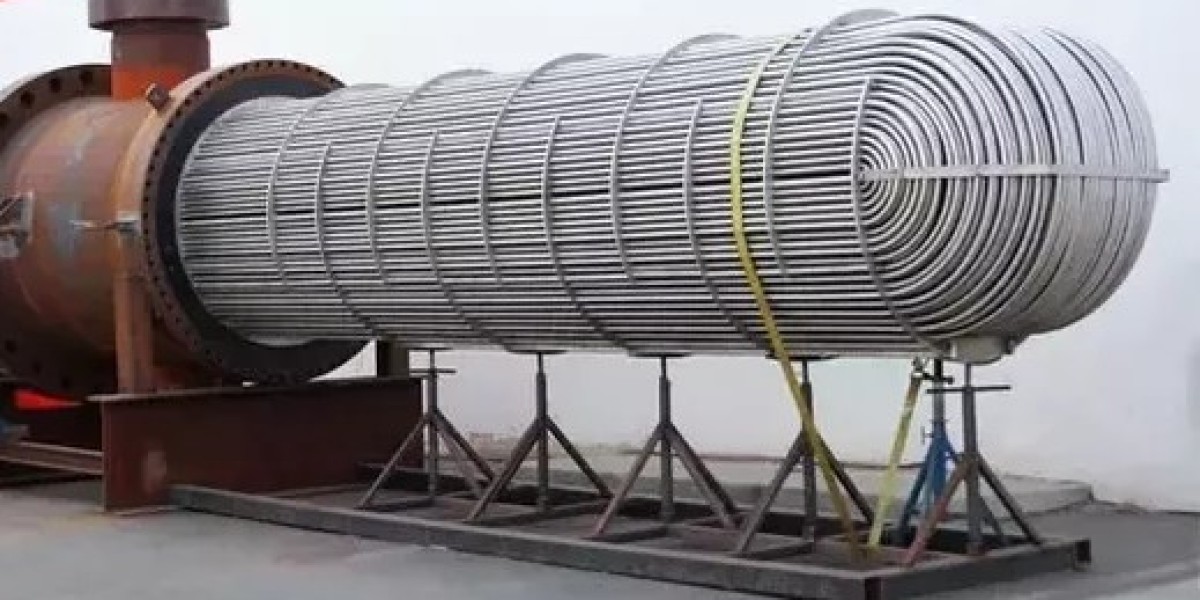Introduction
In the realm of thermal management and energy efficiency, heat exchangers play a pivotal role. These devices facilitate the transfer of heat between two or more fluids, finding applications across various industries from HVAC systems to power generation plants.
As technology advances and sustainability becomes increasingly important, the landscape of heat exchangers is evolving rapidly. In this article, we'll explore the latest trends and emerging technologies shaping the future of heat exchangers.
Increased Focus on Energy Efficiency
Energy efficiency has become a paramount concern for industries worldwide. Heat exchangers, being key components in energy transfer processes, are at the forefront of this trend.
Manufacturers and engineers are constantly seeking ways to enhance the efficiency of heat exchangers to minimize energy consumption and reduce operational costs.
One emerging trend is the integration of advanced materials and coatings to improve heat transfer efficiency and minimize fouling, thereby optimizing overall performance.
Adoption of Compact and Micro Heat Exchangers
With the demand for more compact and lightweight systems growing across industries such as automotive, aerospace, and electronics, compact heat exchangers are gaining traction.
These heat exchangers offer high heat transfer rates in a smaller footprint, making them ideal for space-constrained applications.
Furthermore, advancements in microfabrication technologies have led to the development of micro heat exchangers, which are characterized by their extremely small dimensions and enhanced heat transfer capabilities.
These miniaturized heat exchangers are revolutionizing thermal management in microelectronics, medical devices, and other cutting-edge fields.
Integration of Additive Manufacturing
Additive manufacturing, also known as 3D printing, has emerged as a game-changer in the manufacturing industry. In the realm of heat exchangers, additive manufacturing offers unparalleled design flexibility, allowing for the creation of complex geometries and optimized flow paths.
This enables the production of highly efficient heat exchanger designs that were previously impractical or impossible to manufacture using traditional methods.
Additive manufacturing also facilitates rapid prototyping and customization, enabling engineers to tailor heat exchangers to specific applications with ease.
Focus on Sustainability and Environmental Impact
In today's environmentally conscious world, sustainability is a driving force behind technological innovation. Heat exchangers play a crucial role in promoting sustainability by improving energy efficiency and reducing greenhouse gas emissions.
One emerging trend in this regard is the development of eco-friendly heat transfer fluids that are non-toxic, biodegradable, and have low global warming potentials.
Additionally, there is growing interest in utilizing waste heat recovery systems coupled with advanced heat exchangers to harness waste heat from industrial processes and convert it into usable energy, further minimizing environmental impact.
Advances in Computational Modeling and Simulation
The advancement of computational modeling and simulation tools has revolutionized the design and optimization of heat exchangers.
Engineers can now utilize sophisticated software to simulate fluid flow, heat transfer, and pressure drop within heat exchanger systems, allowing for virtual testing and optimization of designs before physical prototypes are built.
This not only accelerates the design process but also enables the development of highly efficient and cost-effective heat exchangers tailored to specific performance requirements.
Conclusion
As the demand for energy-efficient and sustainable technologies continues to grow, the future of heat exchangers looks promising.
From compact and micro heat exchangers to additive manufacturing and eco-friendly solutions, the industry is witnessing a wave of innovation driven by technological advancements and environmental considerations.
By staying abreast of these trends and embracing emerging technologies, engineers and manufacturers can pave the way for a more efficient, sustainable, and environmentally friendly future.







